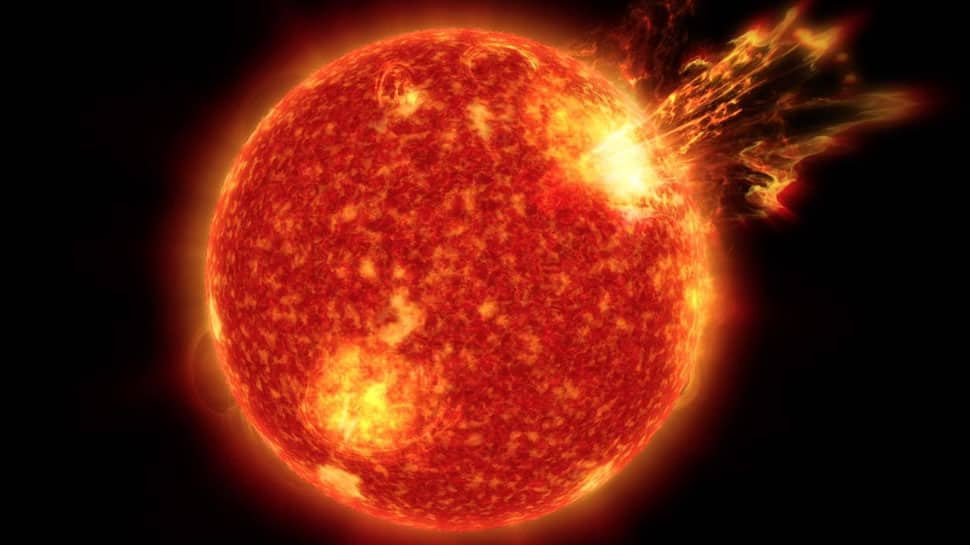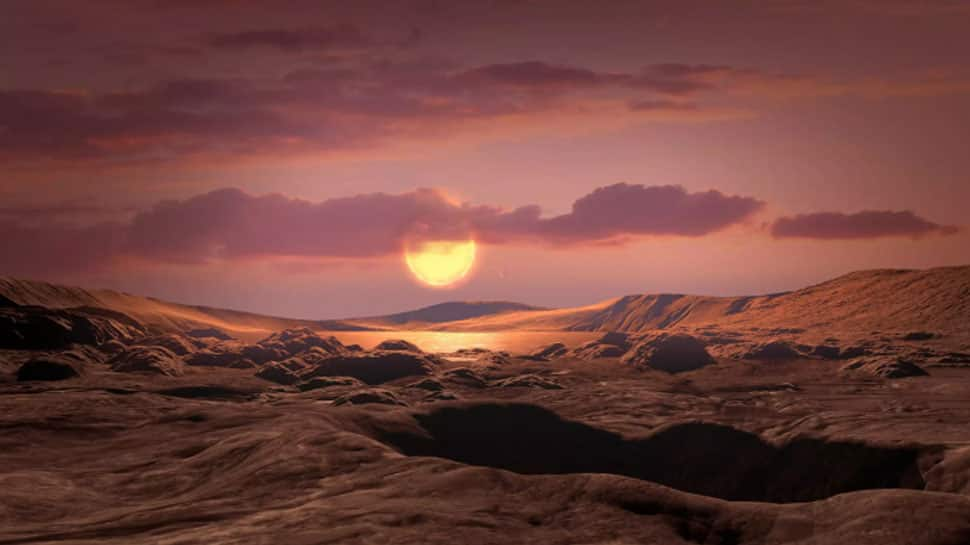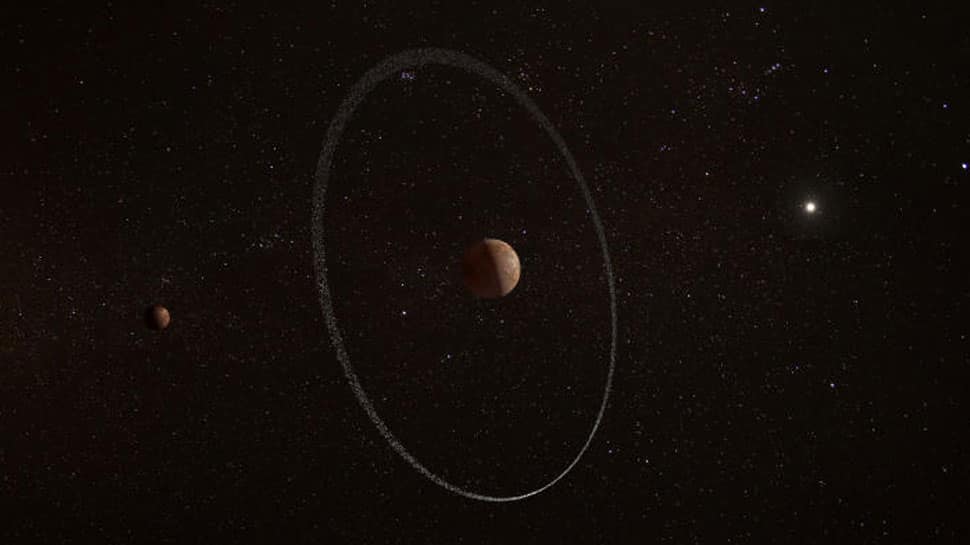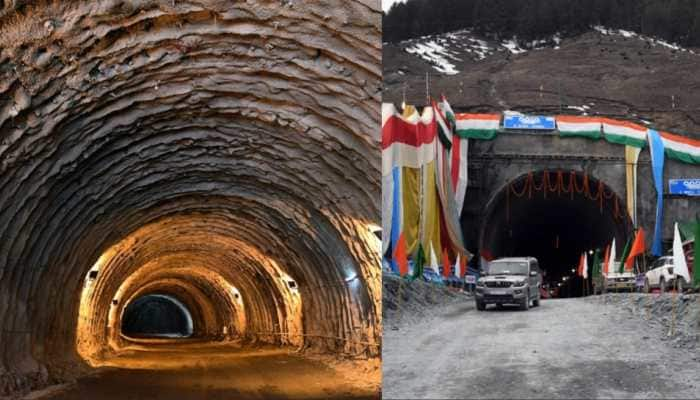Sun 'Breaking Off', Habitable Planet and Ring Around Dwarf Planet Quaoar: See Incredible Pics Captured by NASA
Sun - A 4-5 Billion Year Old Star
)
Sun is the largest object in our Solar system and about 4.5 billion year-old star. It is a hot glowing ball of hydrogen and helium located at the center of our Solar System. (Image Credit: NASA)
Giant Portion Of Sun Breaks Off

NASA recently captured an unprecedented event that has baffled scientists around the world. The stunning images and video released by NASA show a huge portion of the sun's northern pole "breaking off." The remarkable phenomenon was caught by NASA's James Webb Telescope and shared on Twitter by Dr. Tamitha Skov, a space weather forecaster, last week. (Image Credit: NASA)
Massive Polar Vortex

According to scientists, the Sun keeps emitting solar flares (called prominence) that sometimes affect communications on Earth. In the latest video shared by NASA, an enormous filament of electrified gas can be seen rushing out from the Sun before breaking and spinning around in a massive polar vortex. (Image Credit: NASA)
Solar Filaments Around Sun

Although solar filaments have been observed before, this is the first time that it has been observed spinning through the area. As of now, there is still a lot of doubt and confusion over the breaking of the northern prominence. Scientists think that it could be related to the reversal of the sun’s magnetic field and the fact that something unexpected usually happens when the sun reaches a 55-degree latitude in every 11-year solar cycle. (Image Credit: NASA)
Wolf 1069 B: Potentially Habitable Mass Planet

Astronomers recently discovered a potentially habitable exoplanet orbiting a star in the Cygnus constellation, 31.2 light-years away. Known as Wolf 1069 b, the planet orbits a red dwarf star called Wolf 1069, which is about the fifth the size of our Sun. Its presence in the so-called “habitable zone” of its solar system - not too hot and not too cold - suggests that there could also be liquid water on its surface, and an atmosphere. It is the sixth-closest possible Earth-like planet found so far by exoplanet hunters.(Image Credit: NASA)
Ring Around Quaoar - A Dwarf Planet

Another puzzling discovery made by astronomers is of a ring around Quaoar, a dwarf planet about half the size of Pluto sitting in the Kuiper Researchers said that they have detected a ring encircling Quaoar akin to the one around the planet Saturn. But the one around Quaoar defies the current understanding of where such rings can form - located much further away from it than current scientific understanding would allow. Discovered in 2002, Quaoar is currently defined as a minor planet and is proposed as a dwarf planet. (Image Credit: NASA)
Trending Photos








